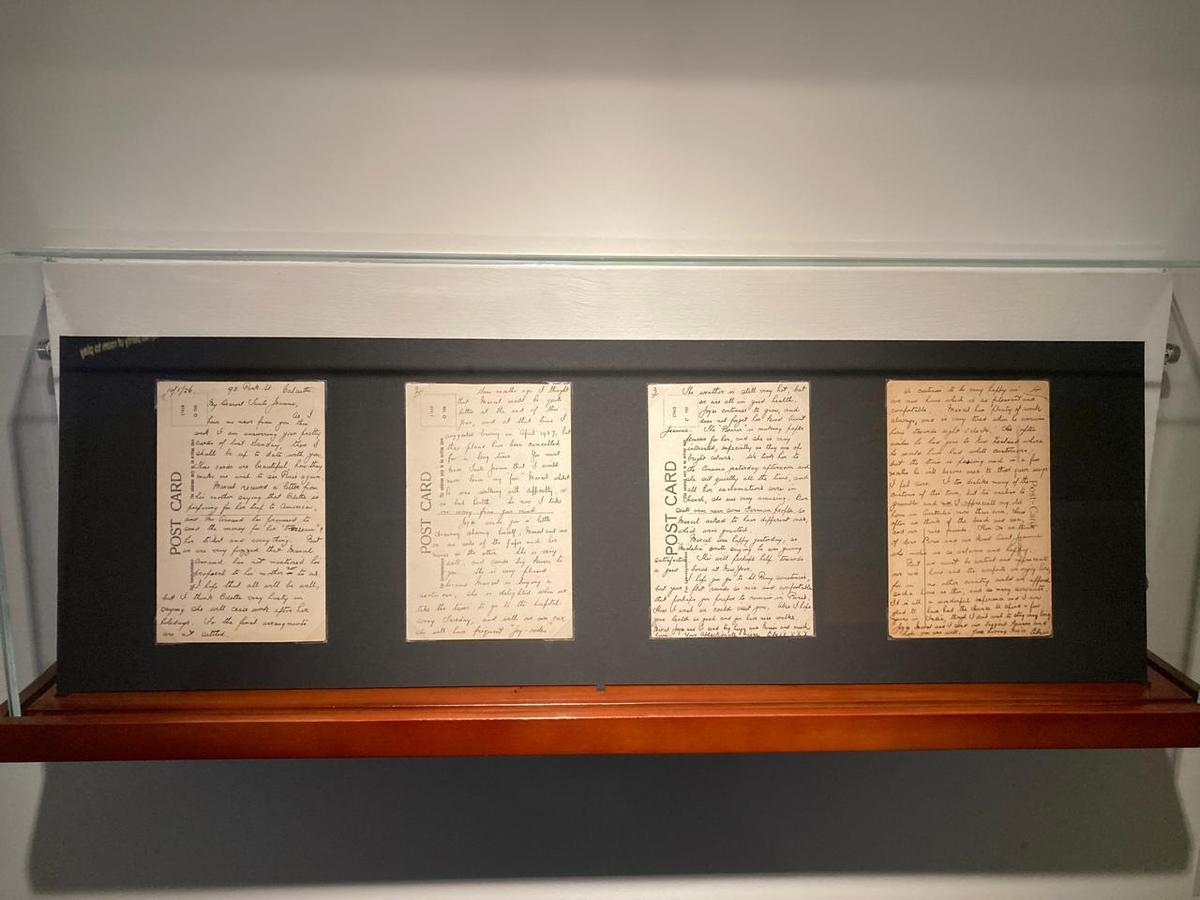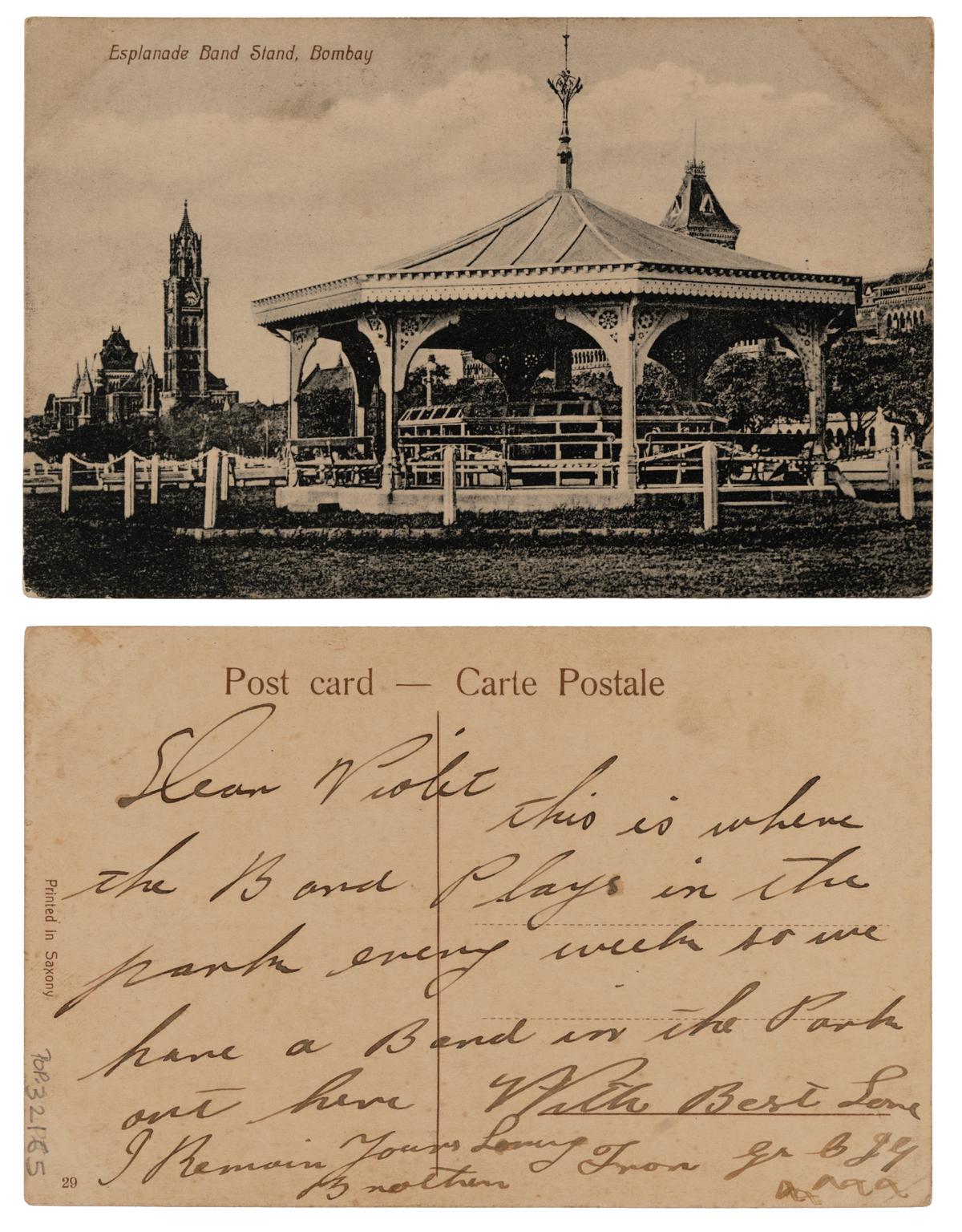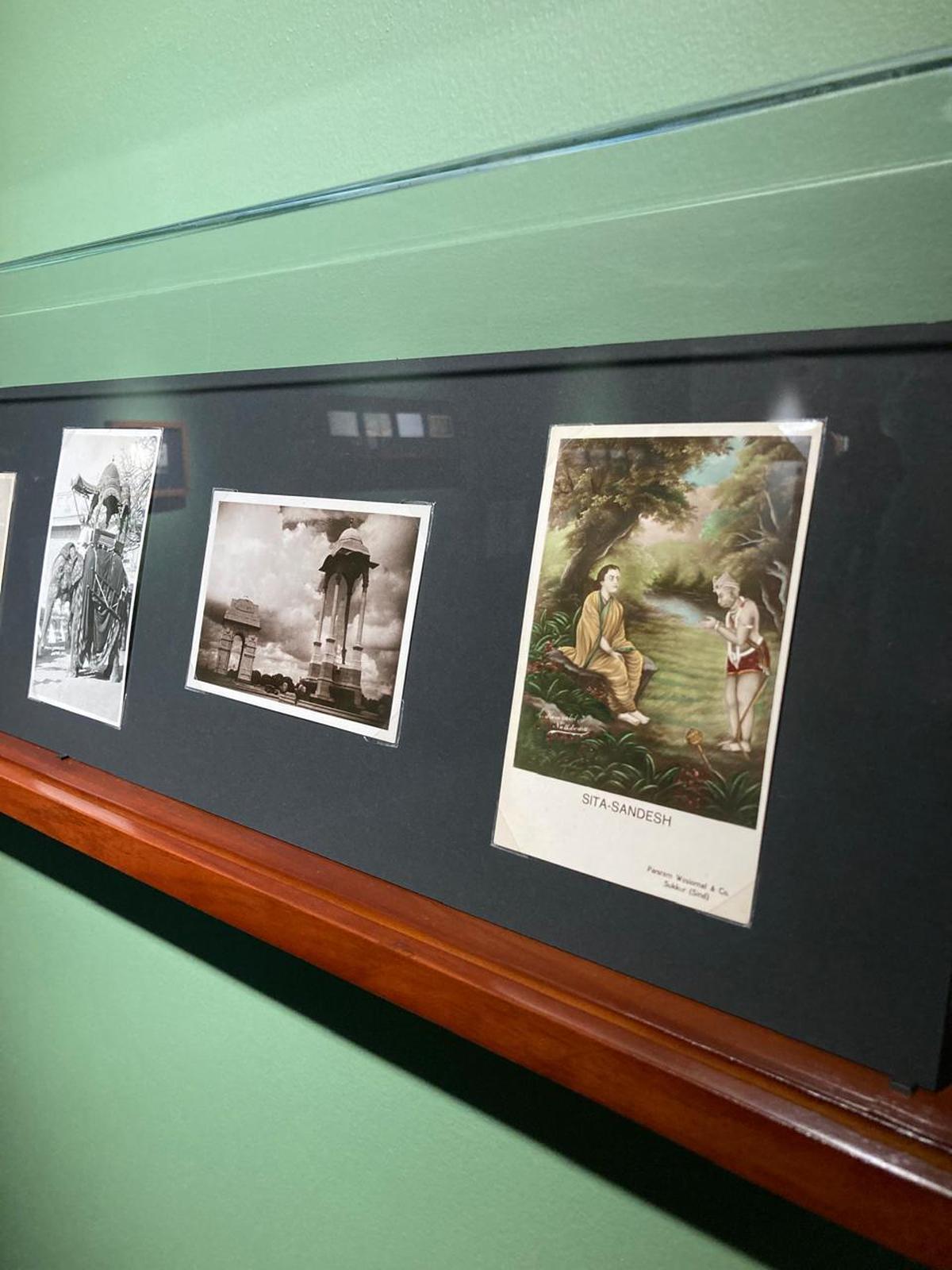[ad_1]
At a recent webinar, anthropologists Emily Stevenson and Stephen Hughes used picture postcards to throw light on the history of old Bengaluru in areas ranging from the use and consumption to societal norms and more. The webinar was part of the ongoing exhibition, Hello & Goodbye: Postcards from the Early 20th Century, at the Museum of Art and Photography.
Emily Stevenson, is a historical, visual and social anthropologist, who has authored the book British Indian Picture Postcards in Bengaluru: Ephemera; Entanglements. Stephen Putnam Hughes who mentored Emily on this work, specialises in anthropology in media, particularly in documentary and ethnographic films. His research covers the history of Tamil-speaking performing arts and various topics related to the history of mass media.

Emily Stevenson
| Photo Credit:
Special Arrangement
Explaining how picture postcards were the new media craze during the early 20th century, Emily said, “It was a mobile form of photo sharing and social networking.” She elaborated saying postcards traversed various social communities, adding, “It used to take 14 days for a postcard to reach the United Kingdom through the Suez Canal, which was pretty quick considering the time period.”
The webinar brought to light many interesting facets of life in India during that period. For instance, postcards were priced at one anna and posting one within India cost a quarter of an anna, while posting it abroad would cost one anna.
According to Emily, local photographers would send their work to foreign artists, usually in Germany, who would send them back to India to be hand coloured. These postcards were designed to be written on and posted, with the content and image synchronising, though this was not always the case. “Between 1902-1910, roughly six million postcards were exchanged,” she adds.
Studio cause and effect
European institutes such as Rafael Truck & Sons, Spencers and Higginbotham & Co, were among 20 studios that produced postcards in the early 1900s, and one was the Picture House Studio in Shivaji Nagar.

Postcards from MAP’s collection
| Photo Credit:
Special Arrangement
Of the two prominent European studios, Wiele’s Studio by German photographer Wiele and Doveton Studio by Cecil Doveton (previously an assistant to Wiele), Wiele’s stood out for its use of hand-coloured postcards.
Talking about the Indian contribution to postcard production, Emily mentioned Mamundy Pilay & Sons, D Payanivalu Mudr and the most prolific — S Mahadeo & Sons, originally located at Dickinson Road in Bengaluru. “It is still a very well-known name,” she said.
S Mahadeo & Sons produced 64 postcard images that were copyrighted to ensure authenticity as plagiarism “was a common practice,” and so, protecting artists and studios was essential.

Stephen Hughes
| Photo Credit:
Special Arrangement
History in pictures
During the session, Steven Hughes, explained how postcards were the first medium to visually immortalise the city through a series of iconic landmarks. “For at least 125 years, postcards have been in love with the city of Bengaluru,” Steven said, adding, “Each postcard offered an emblematic image of the city. It was a portable object that could be sold, bought, written on, taken or sent to other people.”

A postcard from MAP’s collection
| Photo Credit:
Special Arrangement
Steven went on to elaborate how postcards are a form of visual history that play a constructive role in producing and reproducing the visual history of a people. He identified four themes found on postcards — parks and monumental buildings which symbolised power; religious life as it captured traditions of the day; popular streets which helped see a marked development of the city, and people themselves, identified on the basis of their employment.
According to Emily, postcards were three-dimensional objects designed to move across places. “This form of consumption was far from the end of the story; rather, a new cycle of circulation for continued collection and engagement was developed,” she explained. It fostered a new genre of writing, with spontaneity and informal lines, meant especially for familial conversations over distances.
Postcards were not just a medium for messages but also a canvas for creativity and connection. “It gave a sense of diversity and complexity,” she said.

Postcards from MAP’s collection
| Photo Credit:
Special Arrangement
[ad_2]
Source link





